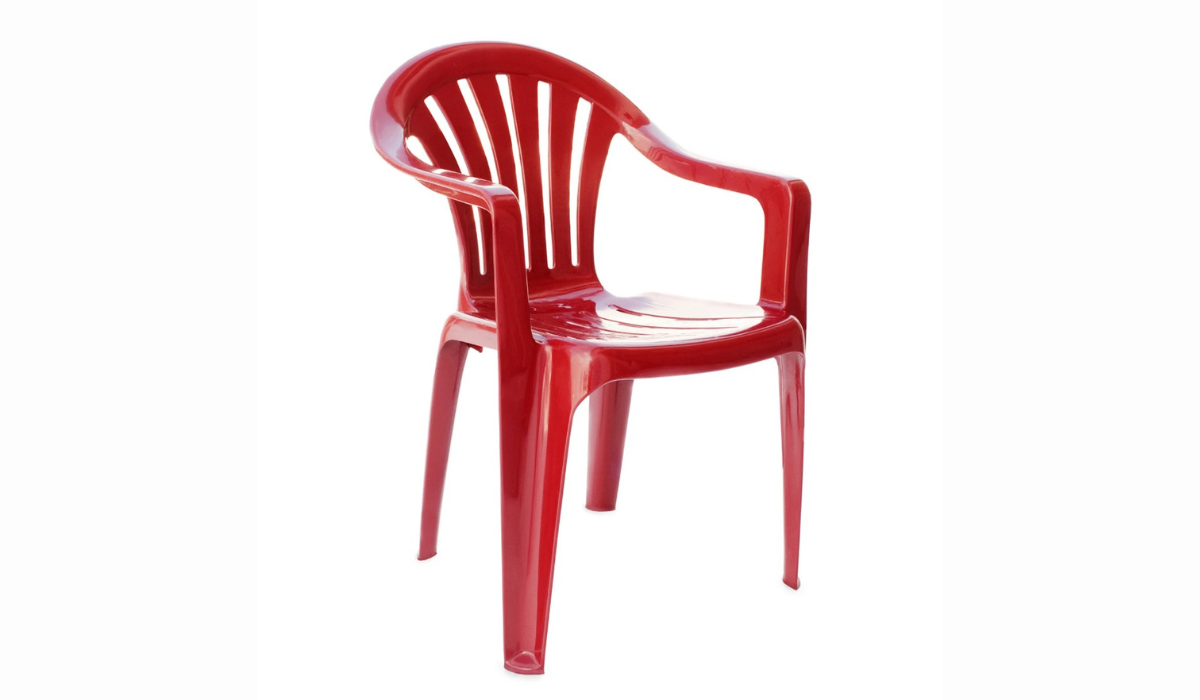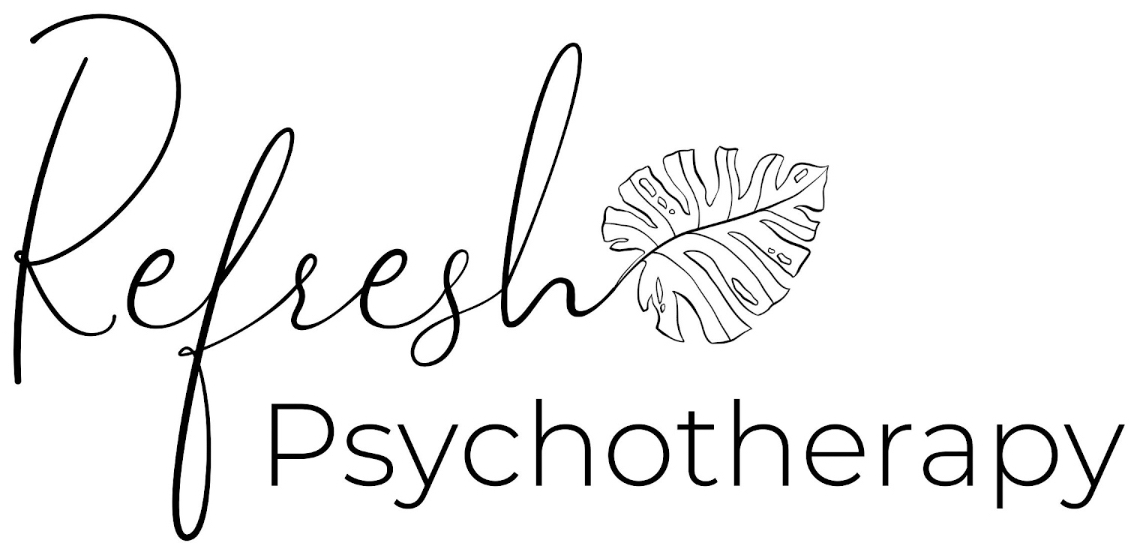
Learning to Sit With Discomfort: A Mental Health Skill Most People Avoid
Discomfort is a part of life, but most of us spend a lot of time and energy trying to avoid it. We stay busy to avoid loneliness. We overthink to avoid uncertainty. We people-please to avoid conflict. But in the effort to escape discomfort, we often make things worse—and we miss the opportunity to build real emotional resilience.
Learning to sit with discomfort is one of the most powerful, underutilized skills in mental health. It doesn’t sound exciting or glamorous, but it’s the foundation for everything from self-trust to boundary setting to lasting growth. Here’s why it matters—and how to start practicing it in real life.
Why We Avoid Discomfort
Discomfort isn’t just unpleasant. For many people, it feels threatening. Our brains are wired to protect us from pain, and discomfort often gets coded as danger. That means we instinctively reach for something—anything—that will make the feeling stop: distraction, reassurance, control, perfectionism, withdrawal, or even numbing behaviors like overworking or scrolling.
The problem is, these coping mechanisms often reinforce the belief that we can’t handle discomfort. Over time, we lose confidence in our ability to feel hard things and survive them.
The Cost of Avoidance
When we avoid discomfort at all costs, we end up:
- Staying stuck in unhealthy patterns
- Struggling to set or hold boundaries
- Reacting impulsively instead of responding thoughtfully
- Missing out on growth because it feels too uncomfortable
Discomfort isn’t the problem. Our reaction to it is.
What It Actually Means to Sit With Discomfort
Sitting with discomfort doesn’t mean forcing yourself to suffer. It means allowing space for an uncomfortable feeling without immediately acting on it, fixing it, or pushing it away. It means recognizing that discomfort isn’t a danger signal—it’s information.
This can look like:
- Noticing the urge to fix something right away—and pausing instead
- Letting yourself feel anxious without jumping into overthinking
- Saying no to something and tolerating the guilt or fear that follows
- Staying present in an awkward or vulnerable moment without shutting down
Why This Skill Is So Hard (But So Worth It)
Most people aren’t taught how to tolerate discomfort. If anything, we’re taught to avoid it. But the ability to stay grounded during emotional discomfort is the difference between reacting and responding, between fear-based decisions and intentional ones.
It’s also a major part of what makes therapy transformative. The therapy space helps you learn how to stay with discomfort long enough to understand it—and eventually, to move through it.
How to Start Practicing
You don’t have to dive in headfirst. Start small. When a feeling comes up—anxiety, frustration, guilt—try the following:
- Name the feeling out loud or in your mind
- Notice where it shows up in your body
- Remind yourself, “This is uncomfortable, but I can tolerate it”
- Stay with the feeling for 60 seconds without distracting or acting on it
Over time, your nervous system will learn that discomfort is survivable—and that you’re capable of navigating it.
Discomfort Is Where Growth Happens
Sitting with discomfort doesn’t make the hard parts of life easier. But it makes you stronger. More self-aware. More emotionally flexible. And far more equipped to make choices that align with who you actually are, not just what feels safe in the moment.
Ready to work with a therapist who can help you build emotional resilience from the inside out?ty without losing their drive. If you’re ready for something deeper than coping, let’s talk about what real transformation can look like.
Written by: Refresh Interns
